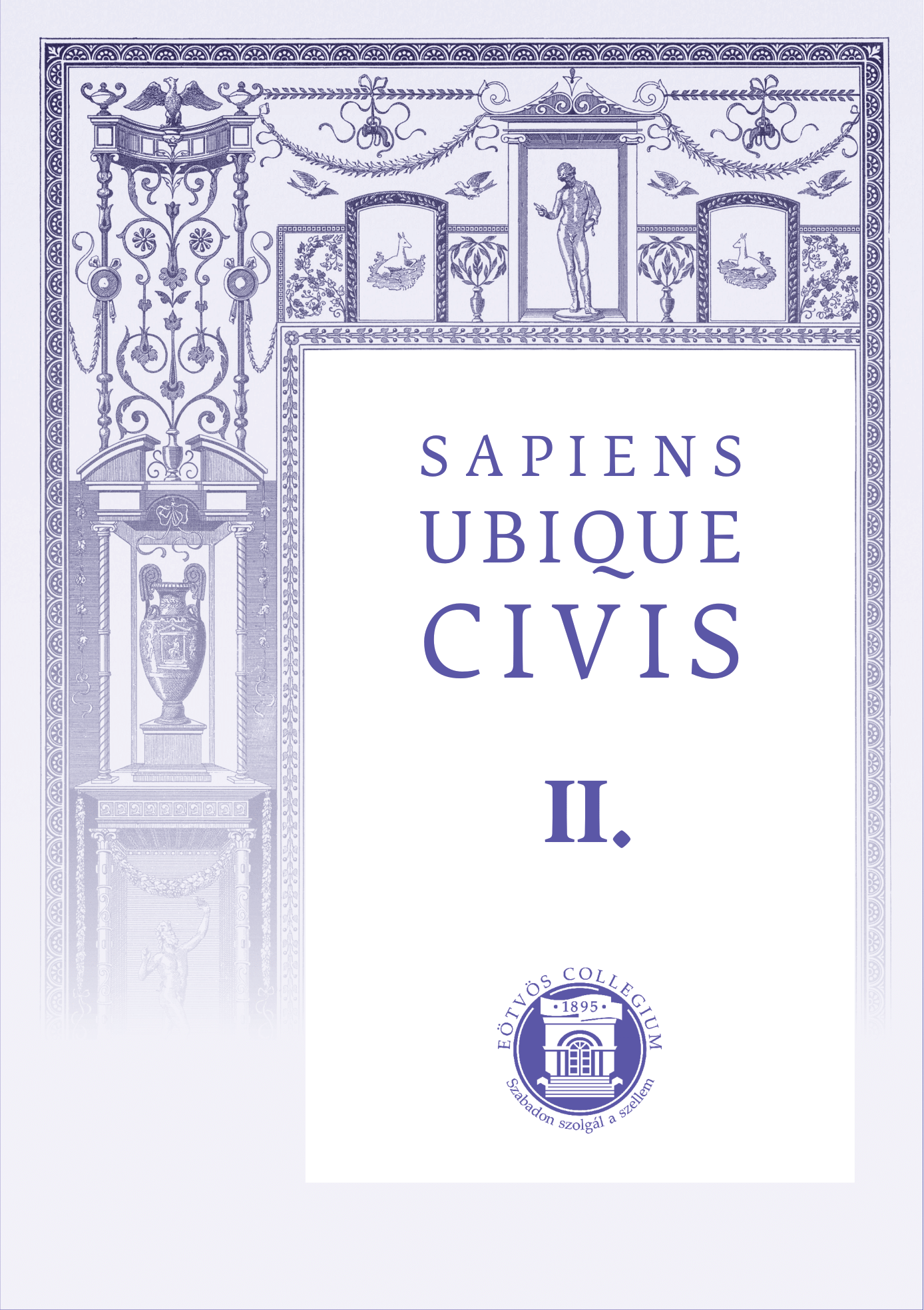Stoic Representation of insania in Seneca’s Phaedra
DOI:
https://doi.org/10.14232/suc.2021.2.105-118Keywords:
Seneca, Phaedra, passion, insania, metaphorsAbstract
Phaedra is a drama of the presentation of human passion, with a focus on depicting how the heroine is unable to control the destructive forces of the soul. The study reveals that despite being aware of and expressing the destructive nature of her madness, she does not exercise self-control, but increasingly succumbs to the power of the passion for her stepson. After being rejected, in her insane state of mind, she accuses the young man, which has fatal consequences. Seneca often expresses Phaedra’s insanity with the use of pictorial representations and compares them to the destructive forces of nature. These metaphors inspired by nature highlight an important point in Seneca’s philosophy: the linkage of the cosmic and the individual. My aim is to emphasize Seneca’s Stoic interpretation of virtuous life and insania.



